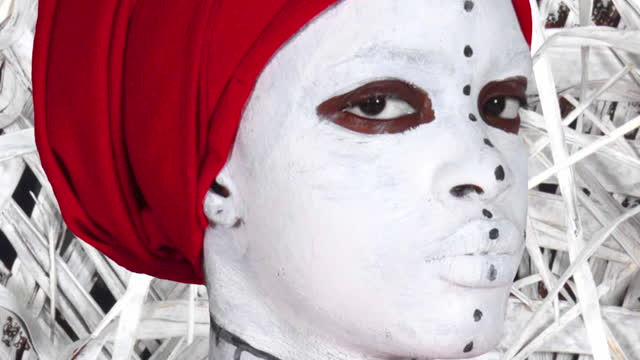
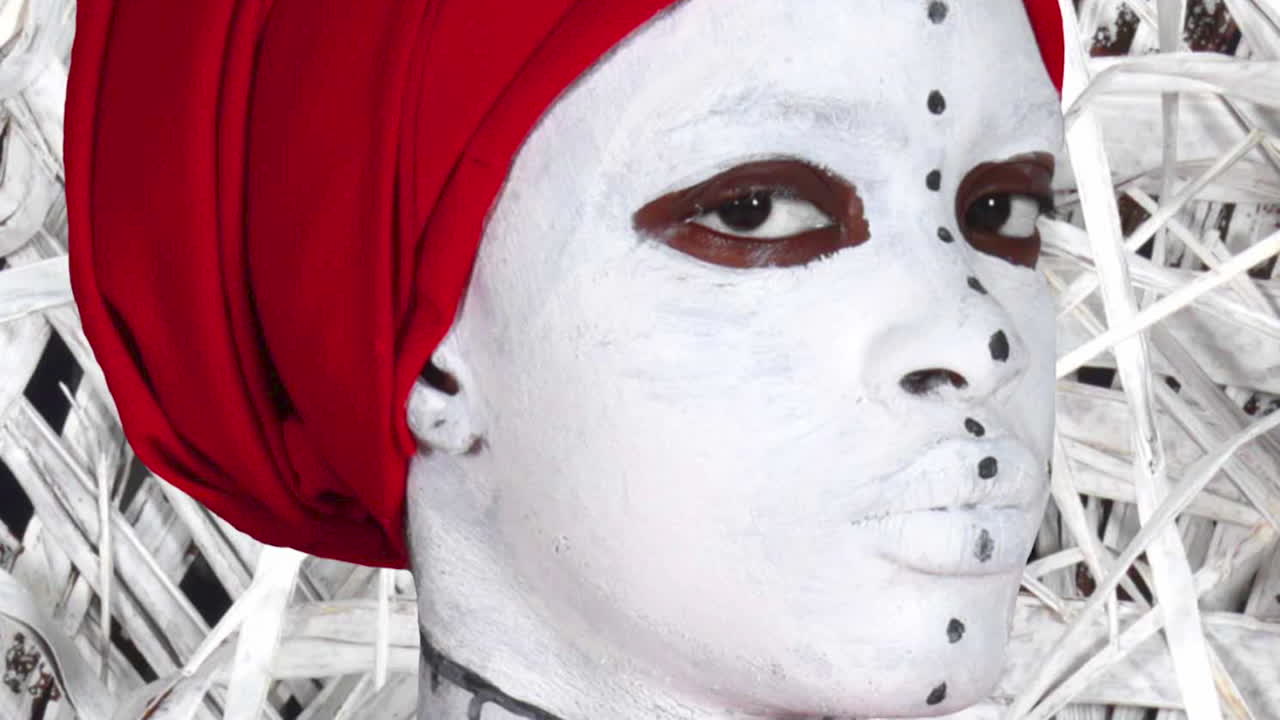
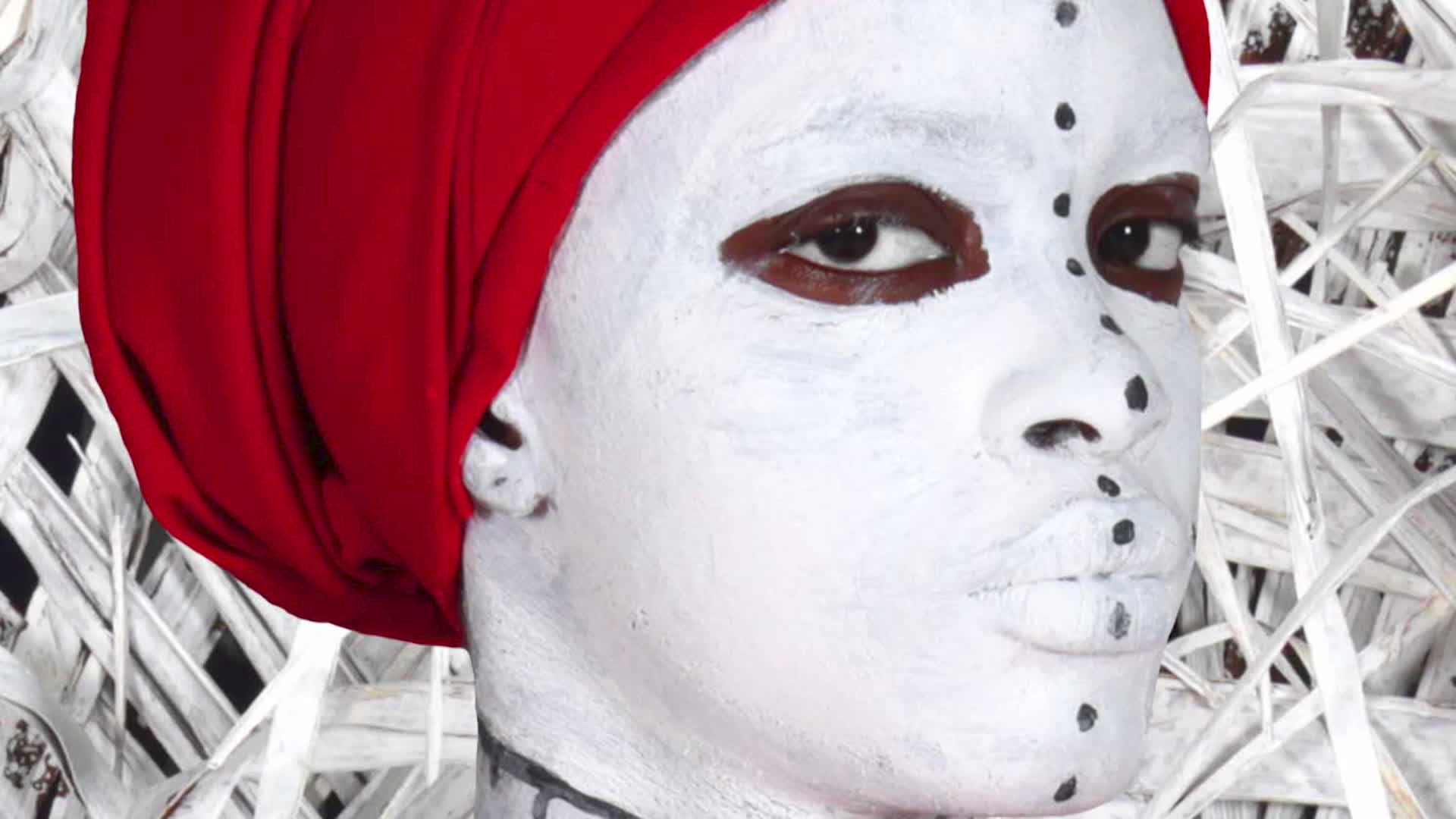
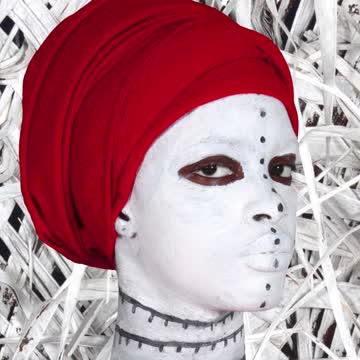
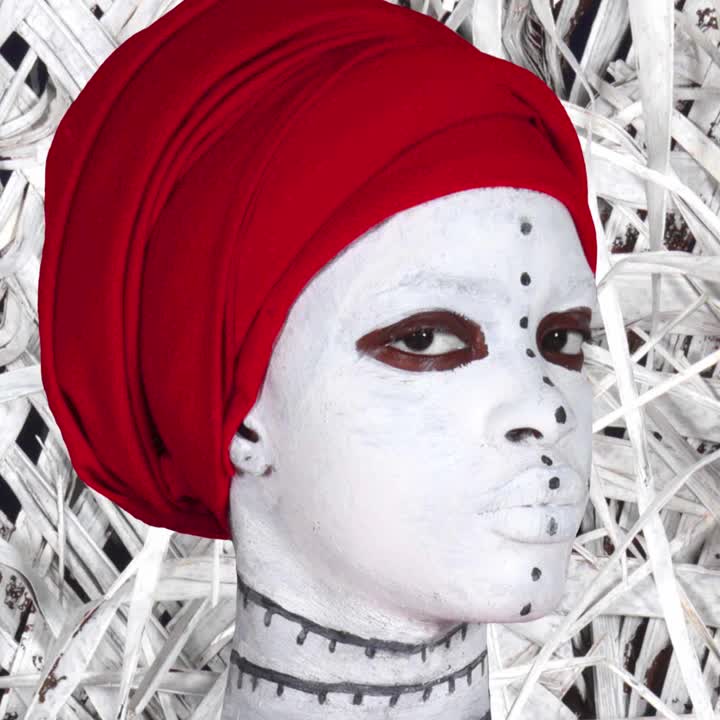
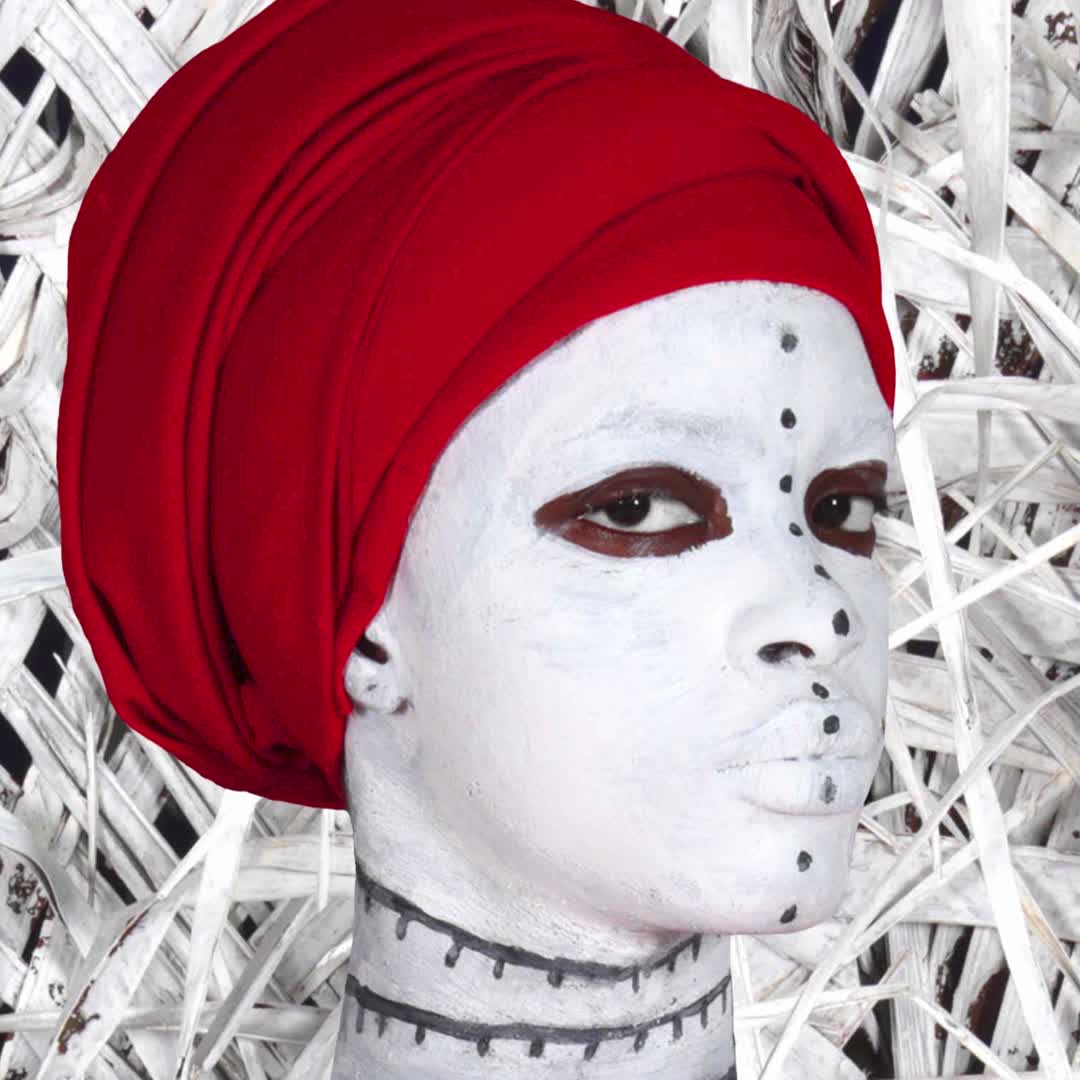
Nobel Peace Prize Exhibition 2020
For the first time, the annual Nobel Peace Prize Exhibition will be digital. Experience it here!
Each year since its opening in 2005, the Nobel Peace Center has shown an exhibition about the latest Nobel Peace Prize laureate.
It's normally opened by the laureate. But due to the pandemic everything is different this year. The awarding of the Nobel Peace Prize to the World Food Programme and the exhibition launch will both be fully digital.
In this exhibition you will be able to experience both the art and the stories behind them.

The photo series, Road of Glory, is a story of how food and hunger are used as weapons in war and conflict. The internationally renowned photographer Aïda Muluneh is the artist behind the commissioned series.
«In a time of such abundance, suffering is something we humans and our systems create, and for that very reason, it is also in our power to take that suffering away.»
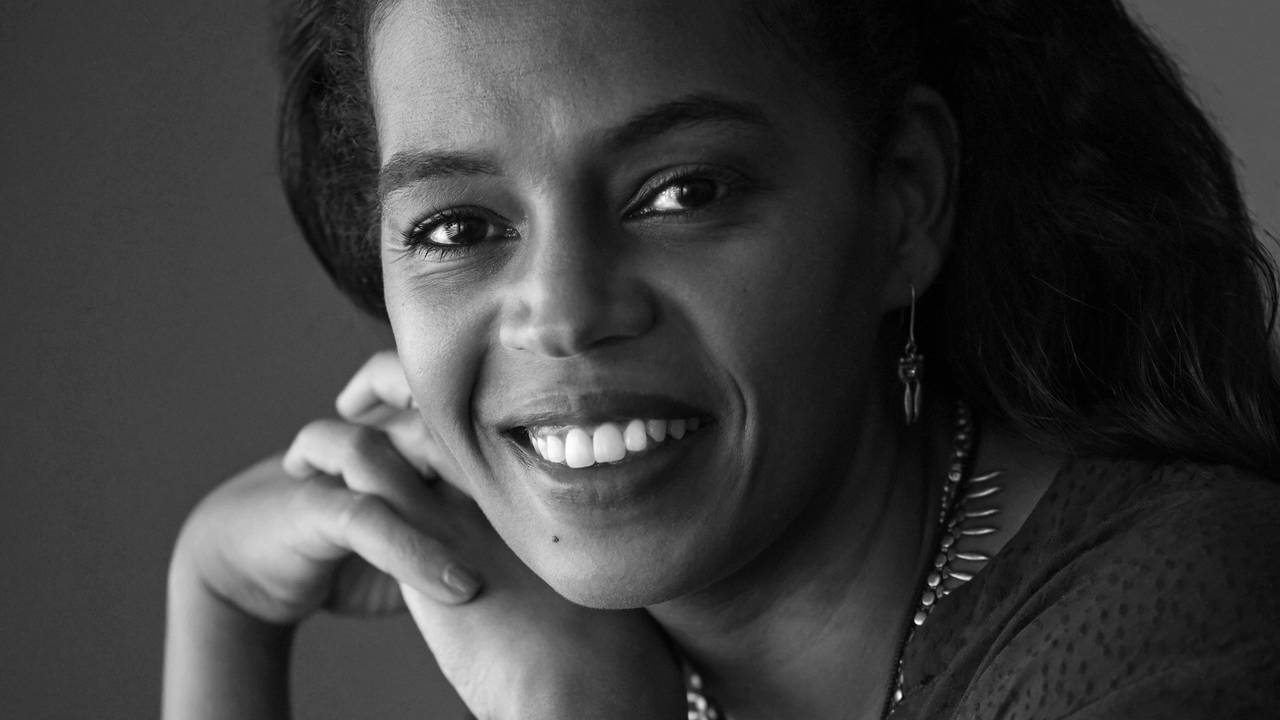


THE RAIN OF FIRE (Vietnam)

«Agent Orange» was a chemical weapon used during the Vietnam War. It was sprayed across Vietnam with the purpose of destroying the jungle.
The idea was that if the Americans killed the jungle, they would eliminate Viet Cong's advantage of knowledge of the forest and the landscape.
The chemical agent had devastating effects not only on the jungles, but on the fertility of the lands and food production.
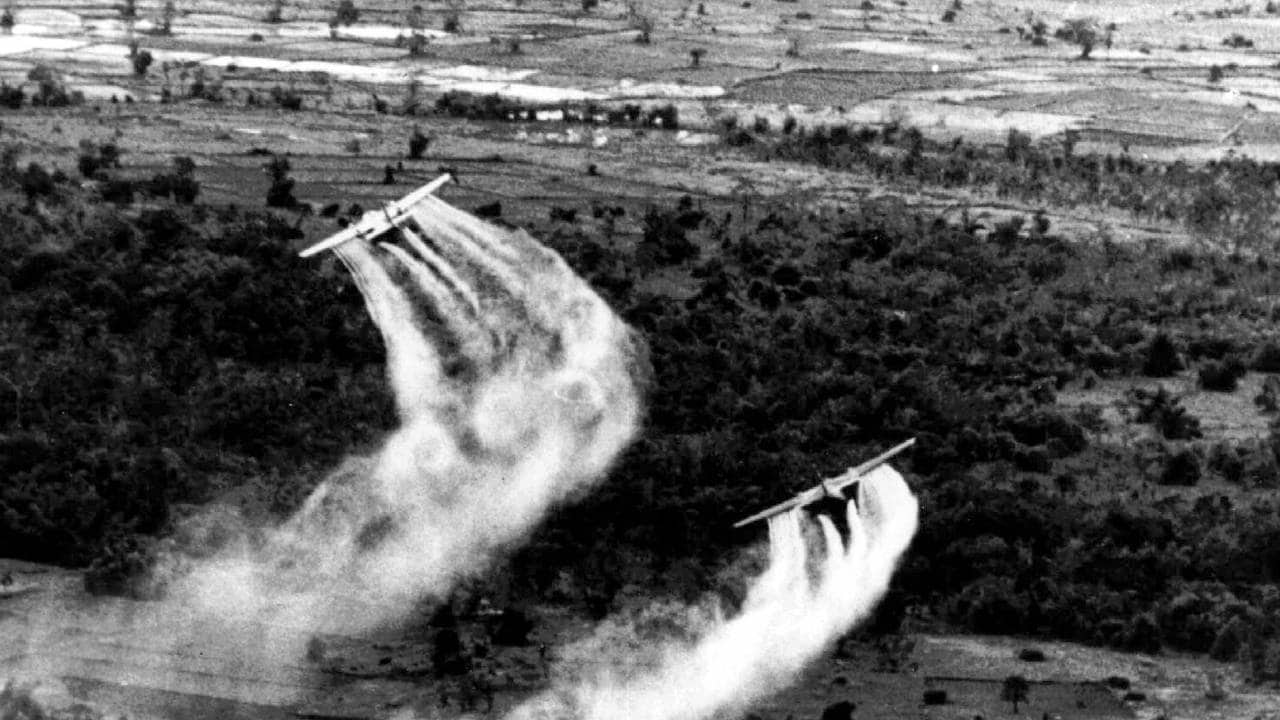
The destruction from the chemical warfare defoliated the forest from its green lushness to one of ashes.


THE ROAD OF GLORY (Yemen)
The Yemen civil war has been raging since 2014 and is widely considered the worst humanitarian disaster of our time.
Aiming to feed 13 million people each month, Yemen is the WFP’s largest emergency aid programme.

I spent four years in Sanaa’ as a child, and have vivid memories of the city, the colors and people. To think about it now, that all of it is gone, it’s hard to believe.
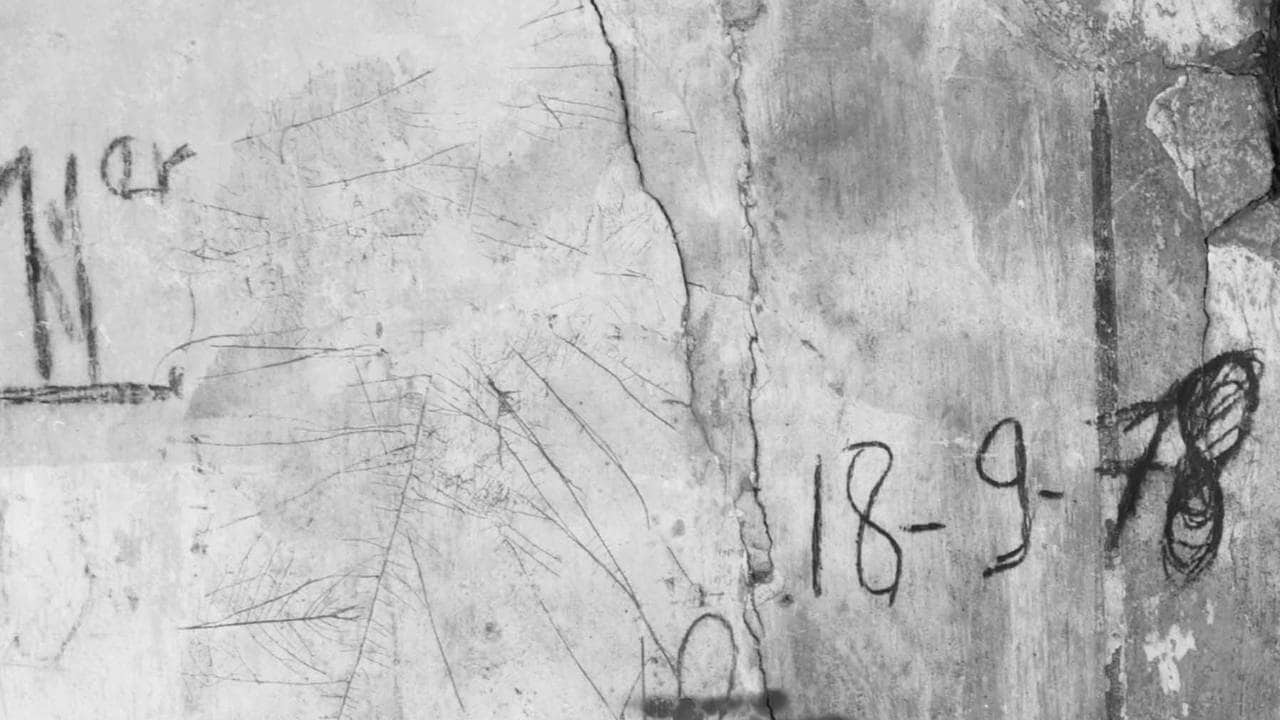

SHARP ARE THE WOUNDS (Armenia)
The Armenian genocide (1915–1916) is still a highly controversial political and historical topic, and Turkey and Armenia disagree strongly on what happened during this tragedy.
Many of the deaths were a result of starvation, after hundreds of thousands of Armenians were driven out into the dry deserts of what is today Iraq and Syria.
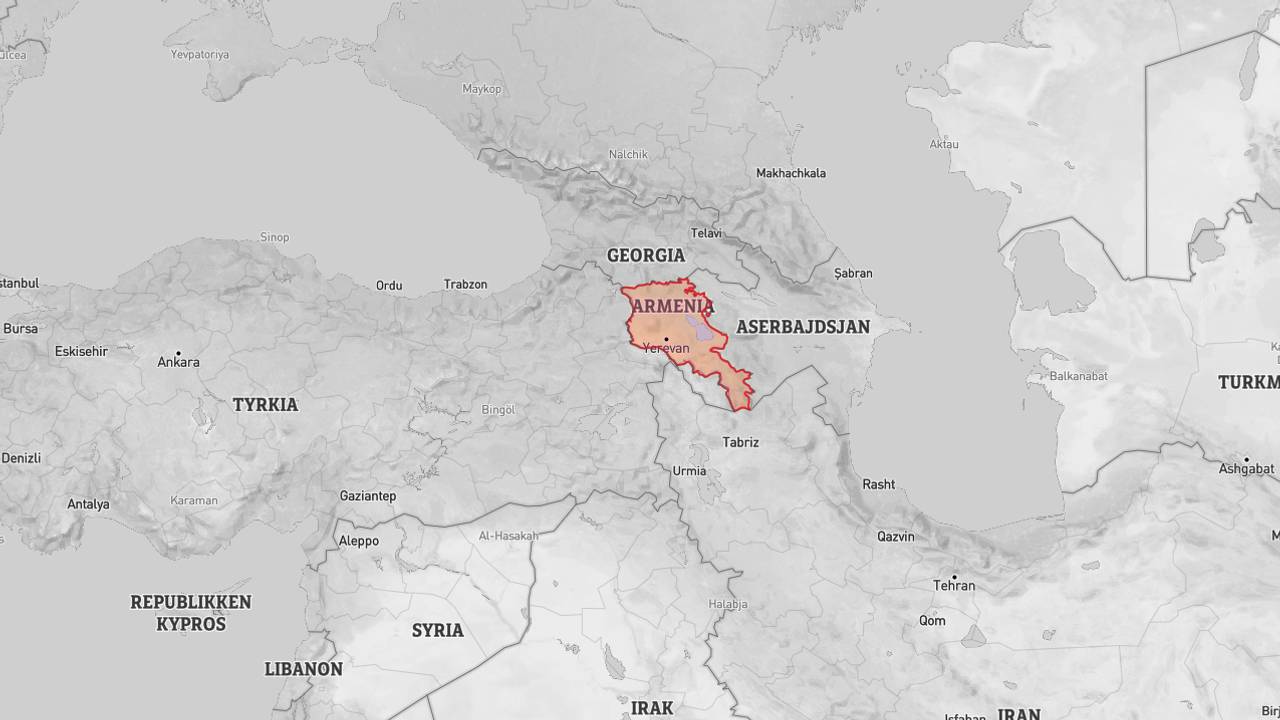
I read many stories relating to the killings of intellectuals, artists and leaders in the country. I wanted to represent the resilience of the Armenian people.
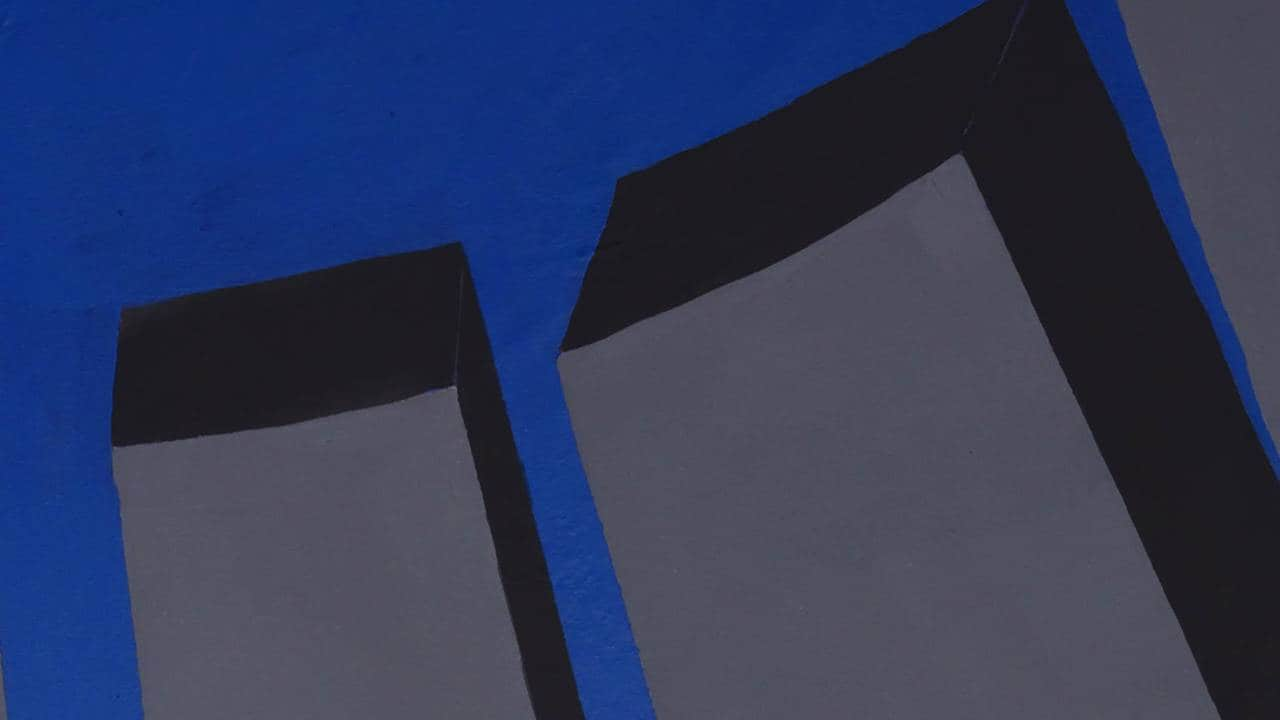

DREAMS TO ASHES (Germany)
Nazi Germany considered hunger an effective weapon, and starvation was often included in their war plans.
Some Nazis also saw starvation as a better way to exterminate the Jews, as they believed it would attract less attention internationally than the concentration camps.
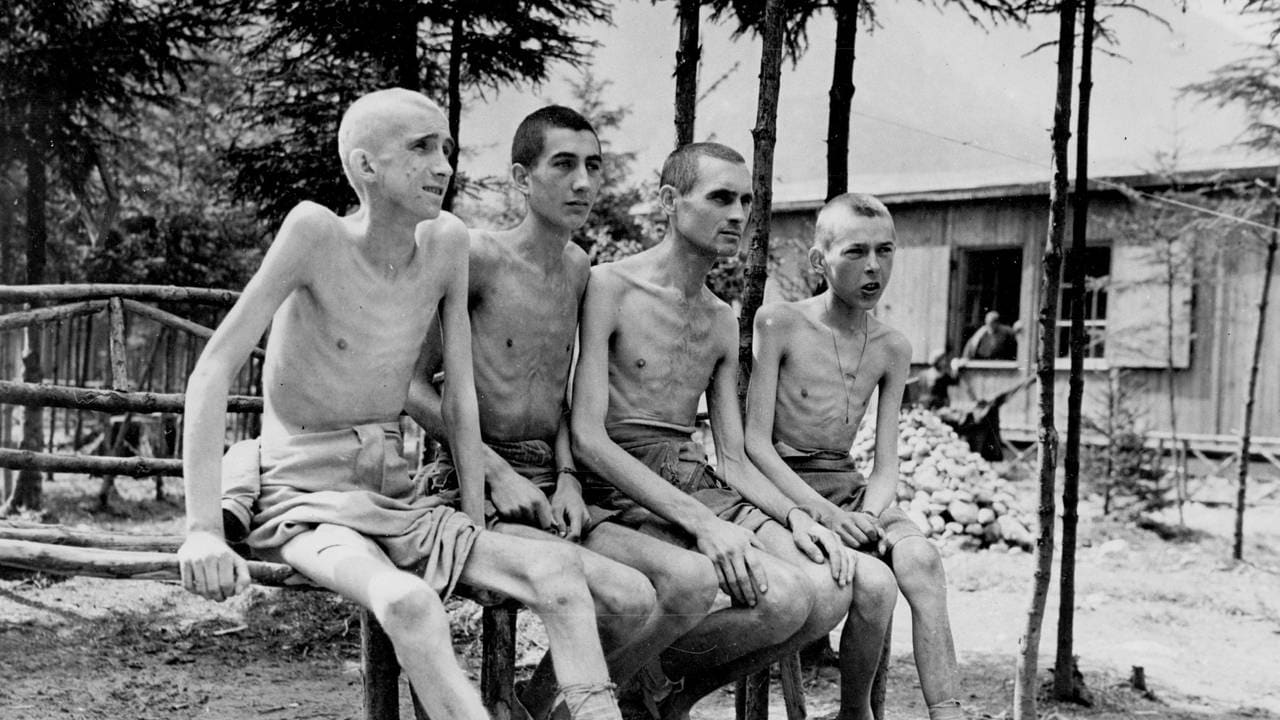
I recall the chilling sight of how the cloth hung on the bareboned bodies of those in the concentration camps.
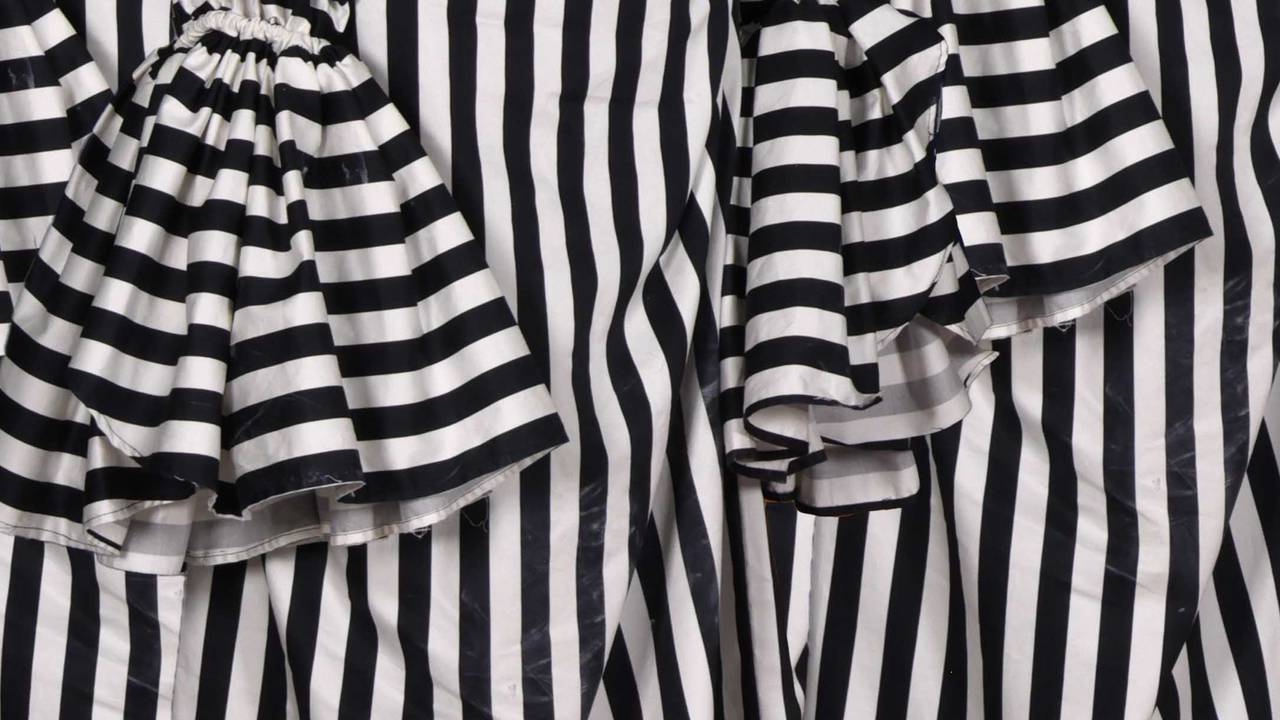

IN WHICH WE REMAIN (Namibia)
In 1904, when the Herero people started an uprising against the German colonial forces of what is today Namibia, the German General Lothar von Trotha gave orders to force the Herero into the scorching Kalahari desert, and cut off their access to food and water.
German soldiers were ordered to shoot any Herero who came close to the water sources.
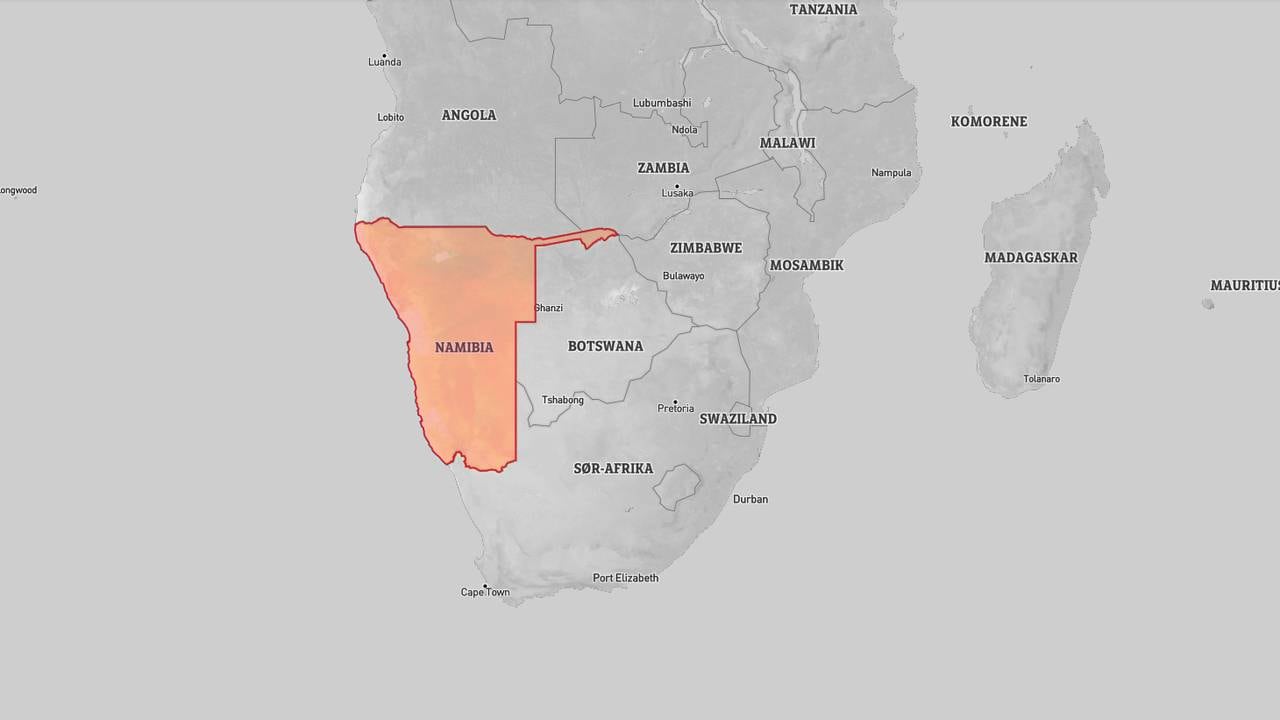
The Namib Desert is a place of great beauty, but also a grave of the past.


THE GREAT LEAP FORWARD (CHINA)
Hunger has played a role in many key moments in China’s history. It is estimated that half of all deaths from starvation since 1870 have occurred in China.
In 1958, Mao Zedong launched «The Great Leap Forward», a political programme intended to make the country’s agricultural production more efficient.
The programme failed, and tens of millions of Chinese starved to death, in what is considered the deadliest famine in history.
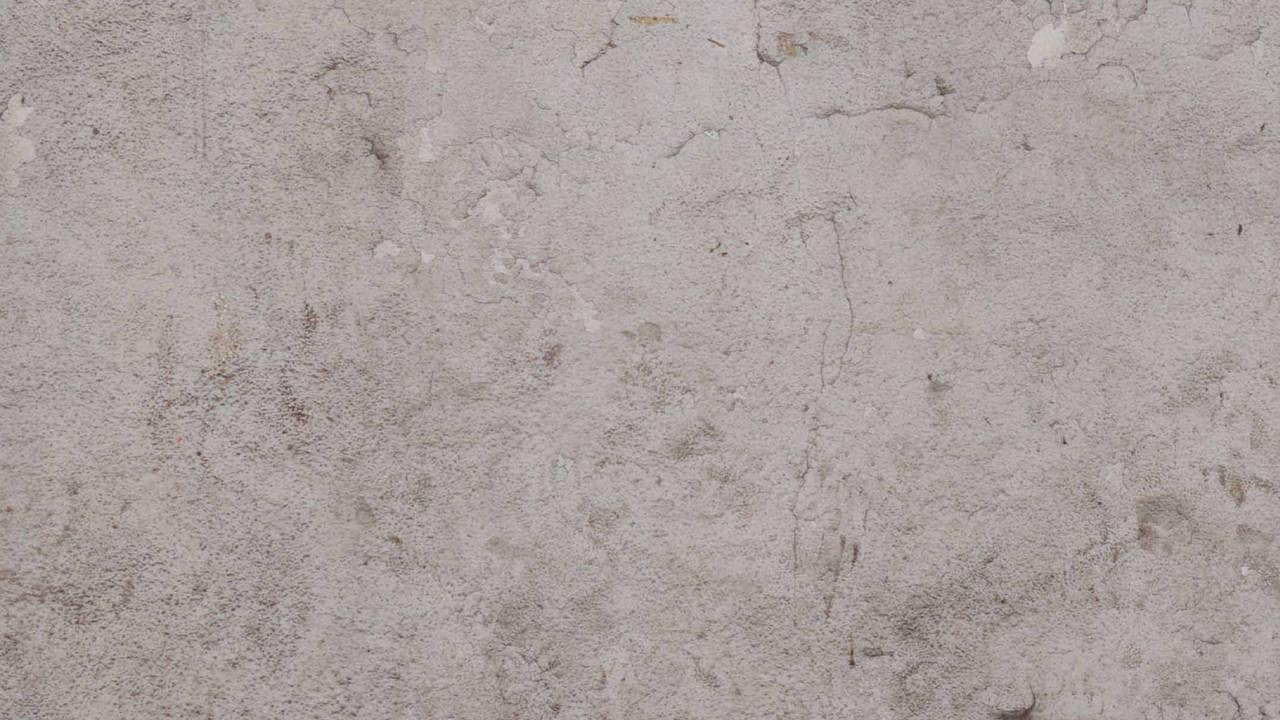
I’m mindful of the individuals who spoke out or demonstrated against the demise of their community.


THE SILENCE OF HOPE (Syria)
The Syrian civil war, which began in the wake of the Arab spring in 2011, has forced millions of people to flee their homes.
Controlling food and other emergency aid has been a central strategy for the warring parties, including the regime of Bashar al-Assad.
The blocking of food aid to what the regime considers «hostile areas» has been condemned internationally as a form of collective punishment.
The World Food Programme feeds 4.5 million people in Syria annually.
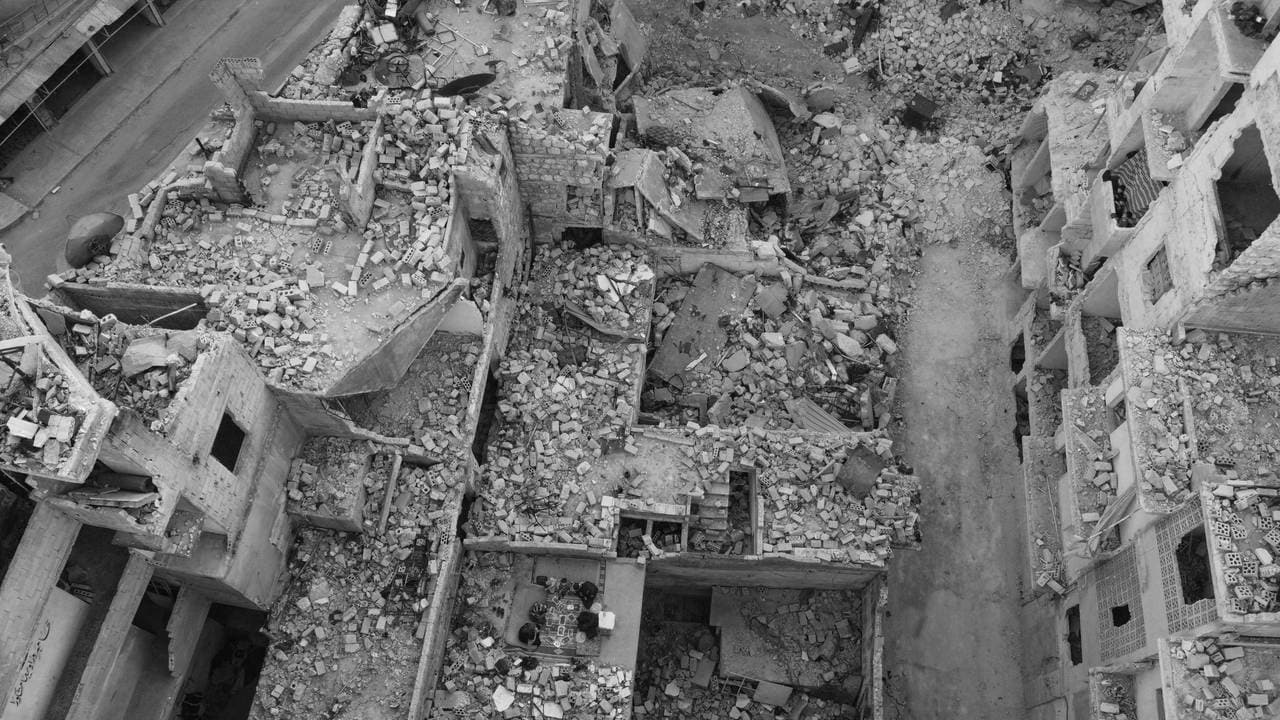
In the course of only a few years the citizens went from having access to all modern things, to existing in an environment of rubble and destruction that must be surreal.
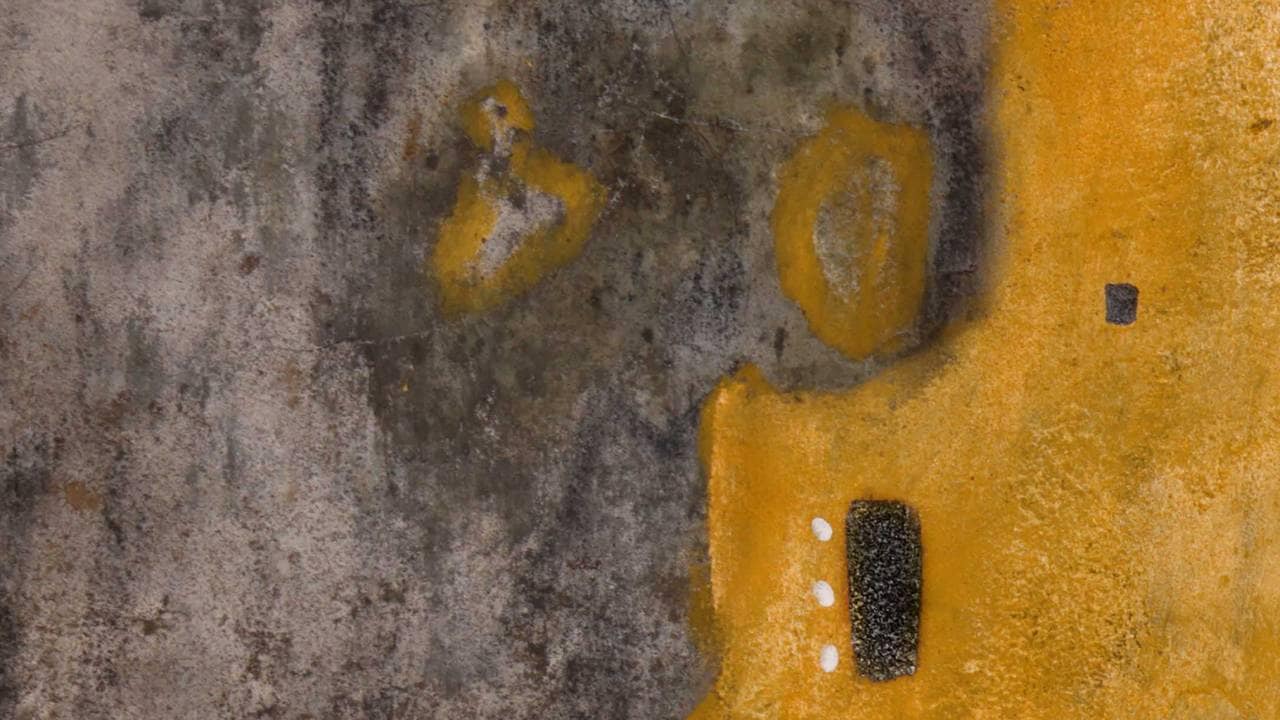

THE EMBRACE OF DEMISE (Darfur)
Millions were forced to flee their homes after the outbreak of the war in Darfur in 2003. Since many of the new refugees were farmers, large areas of fertile land were left untended and barren.
Today, more than 3 million people have insecure access to food.

Working in a South Sudanese refugee camp for internally displaced people gave me some understanding of the terror that took place in Darfur.


TRAIL OF TEARS (USA)
The «Trail of Tears» refers to the forced displacement of indigenous peoples in the United States between 1830 and 1850. Thousands of Native Americans were driven from their homelands in the South-eastern United States to areas west of the Mississippi River.
Hunger and disease spread rapidly among the natives on their march westward, and many succumbed to the cold, or to starvation.

I imagined the emotional toll that it must have taken to continue marching forward without knowing if you will make it to the destination.


CYCLES (Ethiopia)
The fundraising campaign Live Aid and the song Do They Know It’s Christmas? – controversial today for its simplistic portrayal of Africa – turned the eyes of the world to Ethiopia and the famine of 1983–85.
The dictator Hailemariam limited food supplies to areas viewed as oppositional to his rule. Thus, the effects of the drought, which would otherwise be manageable, were greatly worsened.
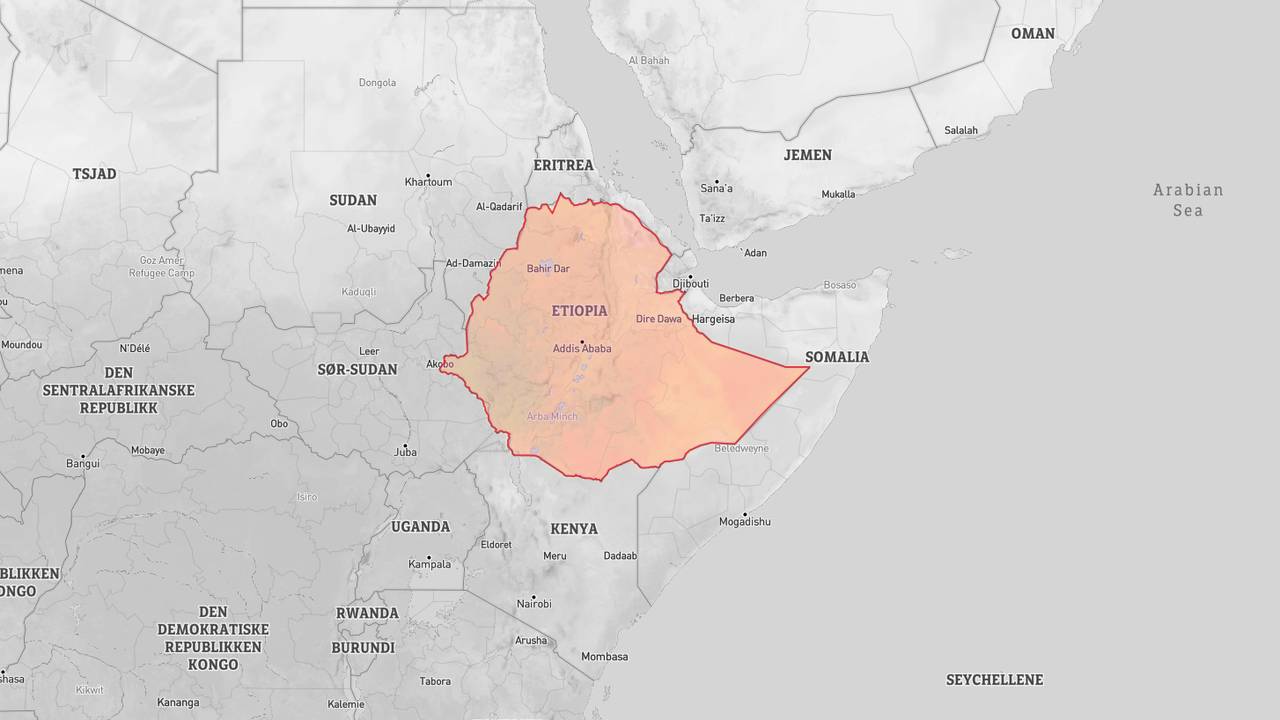
I think about the mothers who watch their children die, either by a bullet or by hunger.
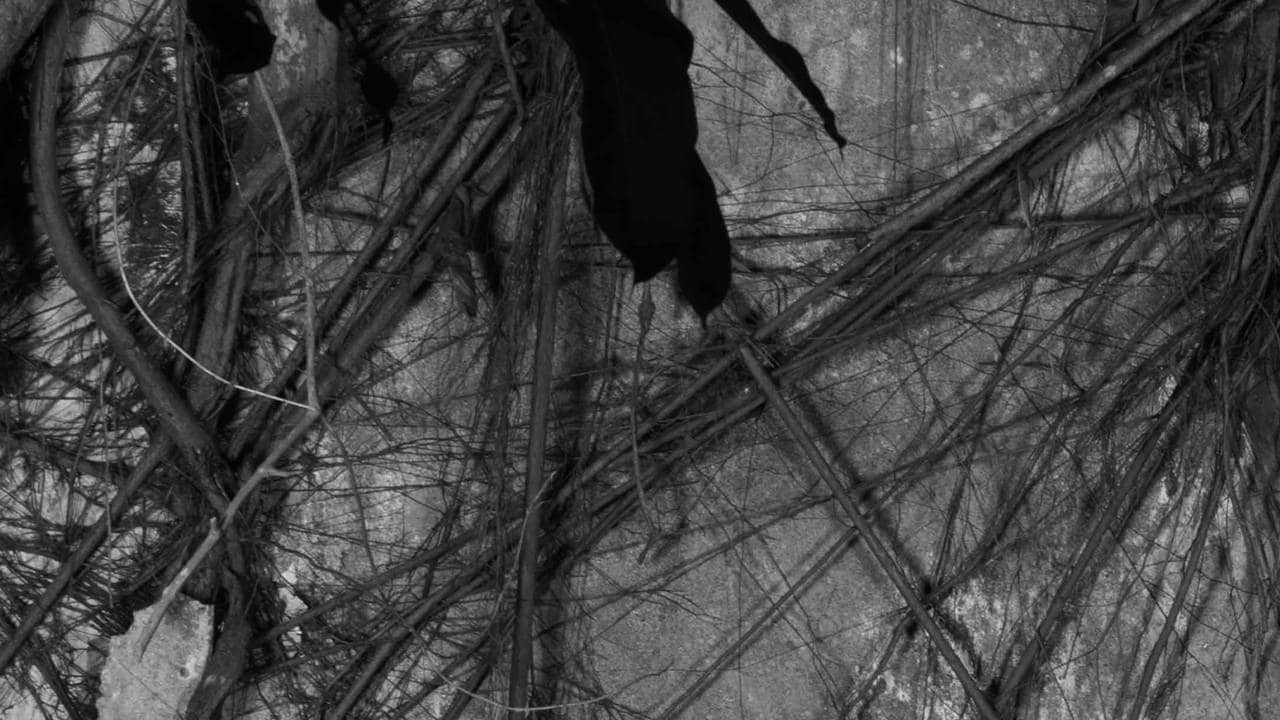
Through this collection I am addressing the predicament of the everyday person who endures the consequences of decisions made behind closed doors.
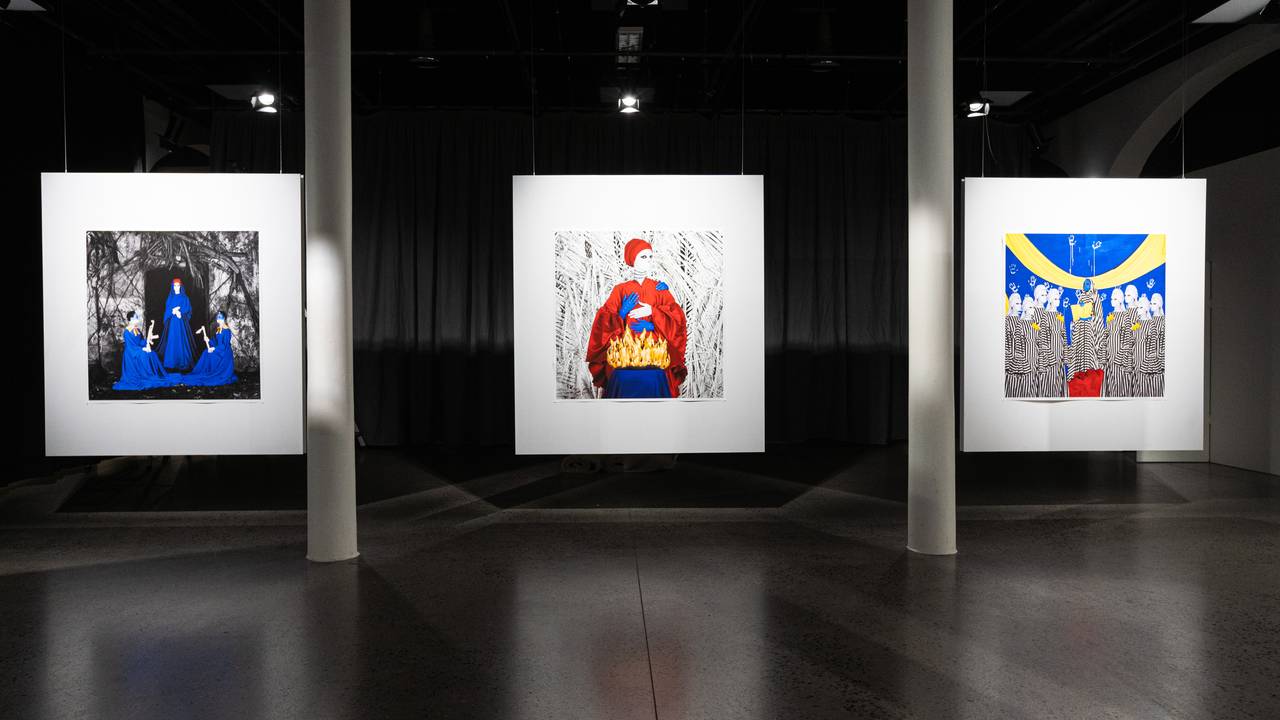
The exhibition at the Nobel Peace Center in Oslo will open to the public after new year as soon as the pandemic situation allows.
Foto: JAVIER ERNESTO AURIS CHAVEZ / NRKFoto: JAVIER ERNESTO AURIS CHAVEZ / NRK Foto: JAVIER ERNESTO AURIS CHAVEZ / NRK
You can read more about the World Food Programme at the Nobel Peace Centers website.






